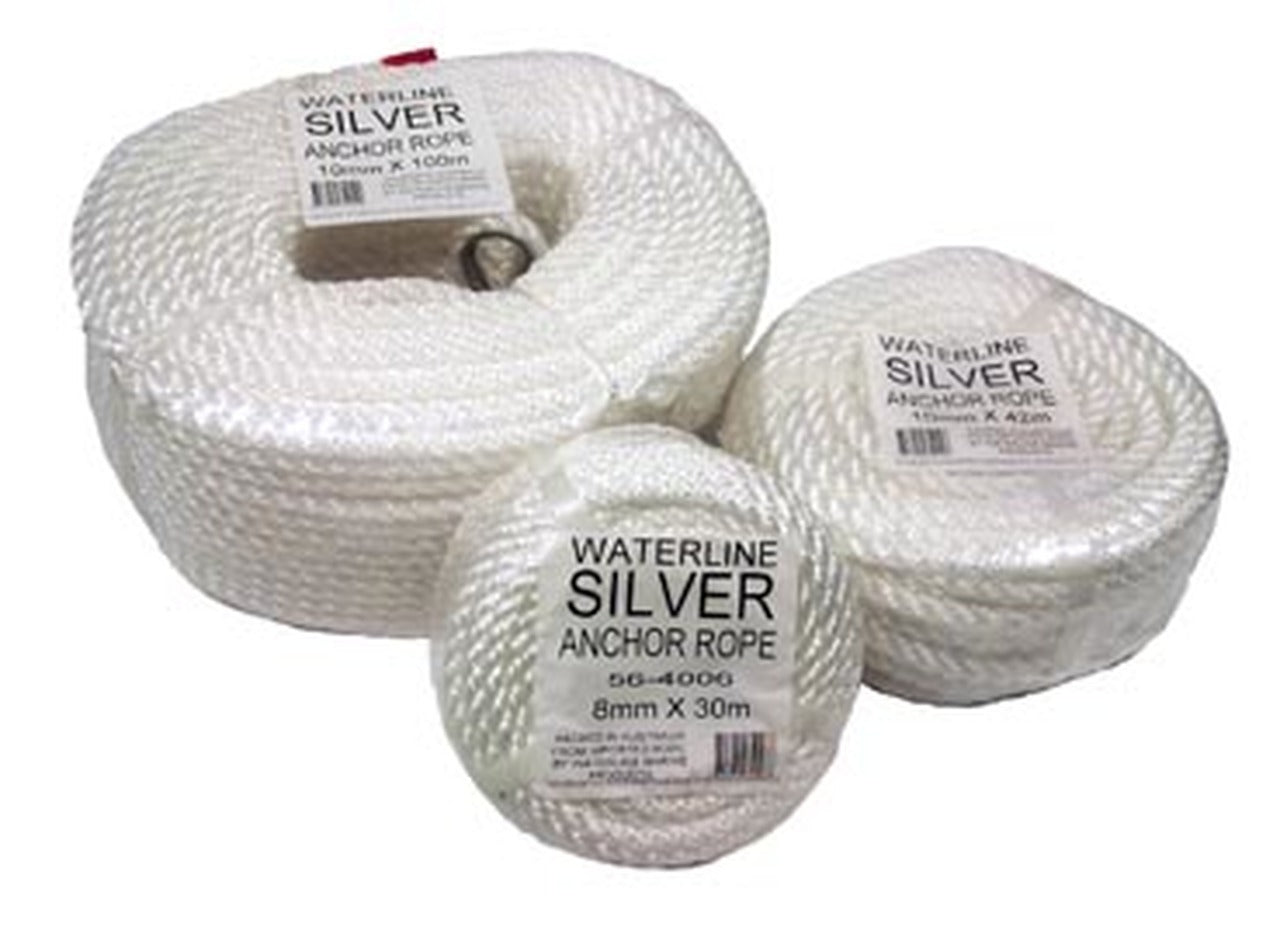
Your boat's anchor is hands-down one of the most important parts of your watercraft. Whether you're staying put in a prime fishing location for an afternoon of adventure or hunkering down for a relaxing night spent in the open-water, your anchor is what keeps your boat from drifting away.
Just as important is what's attaching your anchor to your boat: rope. Of course, not just any rope will do before you set off. To stay safe and secure, you must choose the right anchor rope, size and material suited to your watercraft.
What size rope is best for your boat?
When it comes time to choose rope for your anchor, there are three things to keep in mind: the size of your boat, where you typically drop anchor and water conditions. This will ultimately determine the thickness, length and material that best suits your need to keep your boat moored.
Boat size
It may come as no surprise that the bigger the size of your boat, the bigger the anchor and attached rope you'll need. In fact, the size of your anchor is a good indicator of the size of rope you need. For instance, if your boat is eight metres long, you'll need a 20lb stainless steel plough anchor and a rope to match. The general consensus is that nylon rope should have 3.2mm diameter for about every 2 metres of boat. In this instance, you would need anchor rope that is about 12mm in diameter.
Underwater terrain
Where you drop anchor seriously affects the type and subsequent size of the rope you need. For instance, while nylon is one of the most popular materials for anchor rope, it's not adequate for anchoring near jagged rocks and coral reefs. If you frequently anchor over this kind of underwater terrain, you should use a combination rope-anchor chain. Galvanised stainless steel doesn't chafe, and the rule of thumb is to have a length of chain similar to the length of your boat so it drags correctly.
Also, if you typically use an anchor that buries in the sand or has flukes, like a danforth anchor, you will want to include a steel chain to the end of your nylon rope to prevent chafing.

Water conditions and depth
While it can be hard to predict weather conditions that can cause choppy water, you'll always want to take into consideration where you typically bring your boat. If you're docked in a placid lake perfect for fishing, you can probably get away with a thinner, nylon anchor rope and mushroom anchor. If you go into the open ocean, however, you should always consider using a thicker, heavier? stainless steel chain for better shock absorption from choppy waters and a rocking boat.
Additionally, you should always have enough rope for where you drop anchor. According to Fremantle Sailing Club, use a minimum scope either 20 metres or five times the water depth for your rope length. If you use a rope/chain mix or travel to rough waters frequently, use more.
Why is nylon or poly so popular?
When it comes to twisted and braided anchor rope materials, nylon or poly is by far the most popular material due its elasticity and the fact that it's suitable to use with all anchors (except for use in electric drum anchor winches).
Club Marine recommended making sure the triple braided nylon or twisted poly rope you choose is highly elastic to absorb snubbing loads. Also, ensure that it's UV resistant and can coil easily for storage and stand up to the bright Australian sun.
If you're interested in purchasing quality anchor rope, take a look at the offerings in our online store, or call us to learn more about what rope you need for your unique boat.




